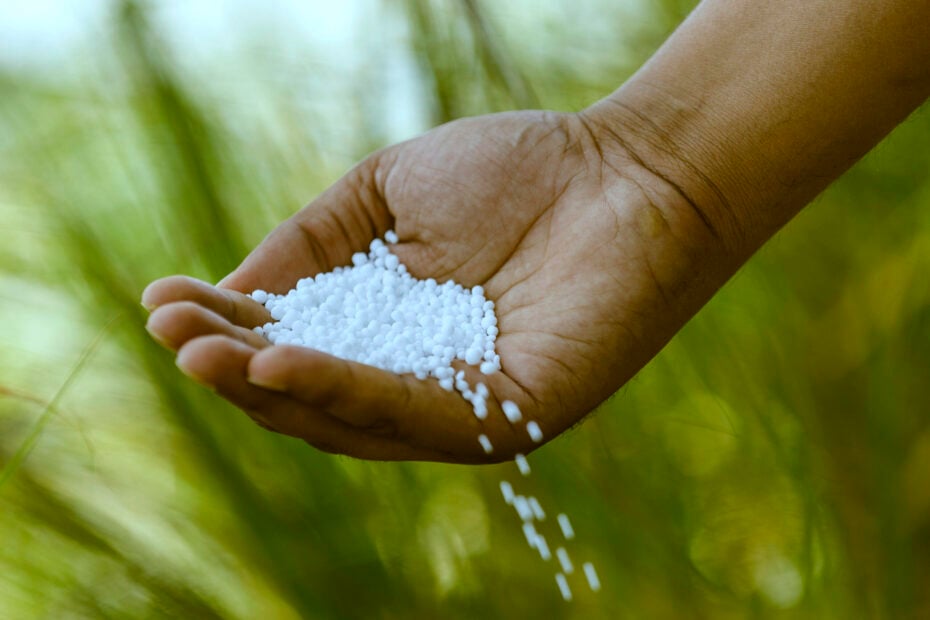Image credit: Fertiglobe
Abu Dhabi-based Fertiglobe has won the bid to supply as much as 397,000 tonnes of renewable ammonia to the European Union (EU) by 2033 at a delivered contract price of $1,086 (EUR1,000) per tonne.
The company will begin with an initial supply of 19,500 tonnes in 2027, with a maximum contract value of $431m.
“The award marks a significant milestone for Fertiglobe in advancing sustainable ammonia production and a further critical step towards FID of Egypt Green Hydrogen, expected in H1 2025,” said Ahmed El-Hoshy, CEO of Fertiglobe.
“We are leveraging this vital program, which makes our investment in sustainable ammonia economically viable, supporting critical decarbonisation technology while maintaining our disciplined growth strategy.”
The renewable ammonia supply will help Europe’s energy security and emissions reduction efforts, with mitigated carbon emissions equivalent to annual emissions of 62,000 cars.
The project marks a significant increase in the European renewable ammonia market, contributing to existing efforts to decarbonise the European market.
The H2Global award builds on Fertiglobe and ADNOC’s history of delivering demonstration cargoes of renewable and low-carbon ammonia to Europe and Asia, supporting global low-carbon ammonia and hydrogen value chains.
Fertiglobe completed the shipment of the world’s first internationally recognised renewable ammonia in 2023, produced using renewable hydrogen from its pilot Egypt Green Hydrogen electrolyser.
The company produced the world’s first bulk shipment of CCS-enabled certified low-carbon ammonia in May 2024, delivered by ADNOC to Japan’s Mitsui & Co. for use in clean power generation.
Fertiglobe is advancing other low-carbon ammonia projects, including the TA’ZIZ one million tonnes per annum low-carbon ammonia facility in Al Ruwais, in partnership with TA’ZIZ, Japan’s Mitsui and South Korea’s GS Energy.
Earlier in July, Mitsui agreed to begin the construction of an ammonia production facility in the UAE. Ammonia, primarily produced from hydrogen derived from natural gas and nitrogen extracted from the air, does not emit carbon dioxide when burned.
Ammonia is principally used as a raw material for fertiliser and chemicals, but it can also serve as a low-carbon fuel in power generation and marine bunker operations.

